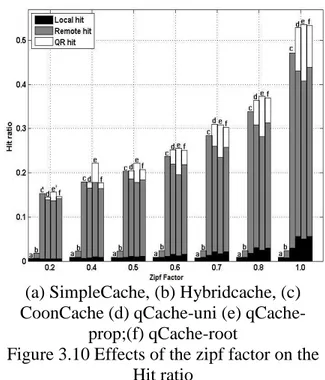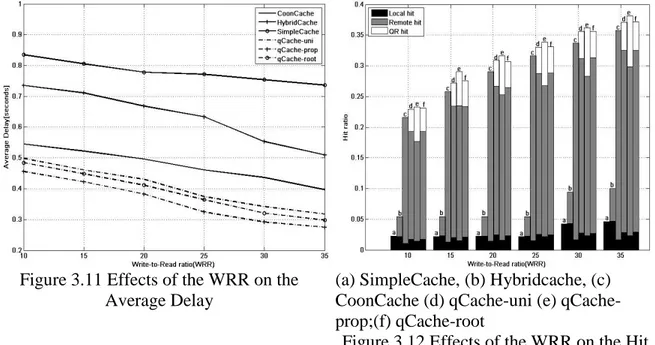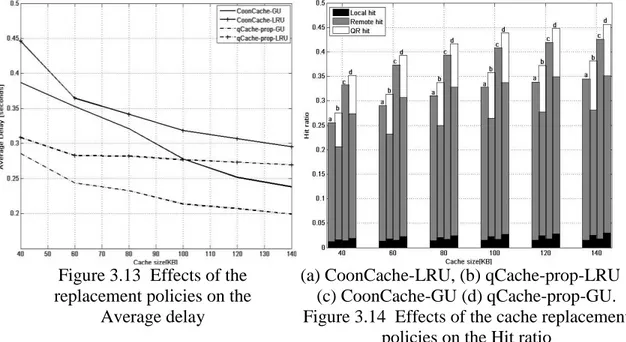Réseaux ad hoc : système d'adressage et méthodes d'accessibilité aux données
Texte intégral
Figure
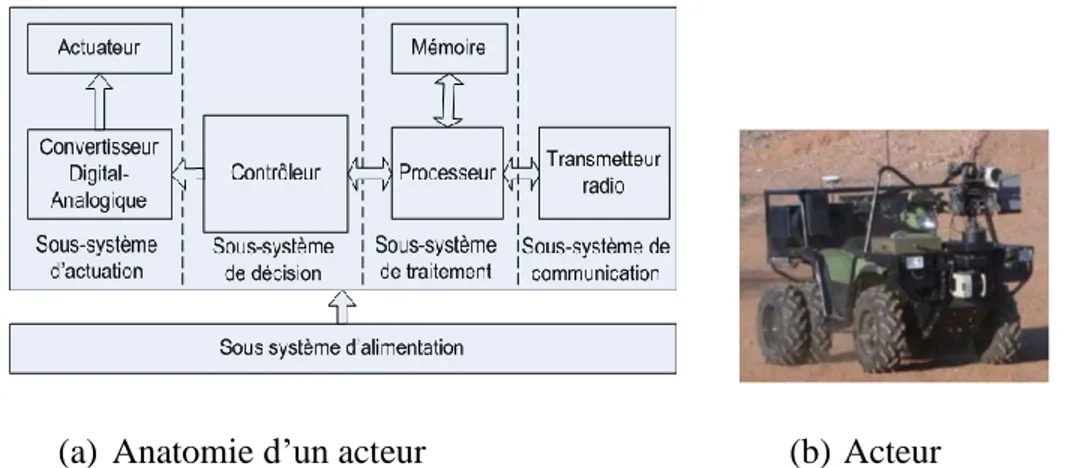


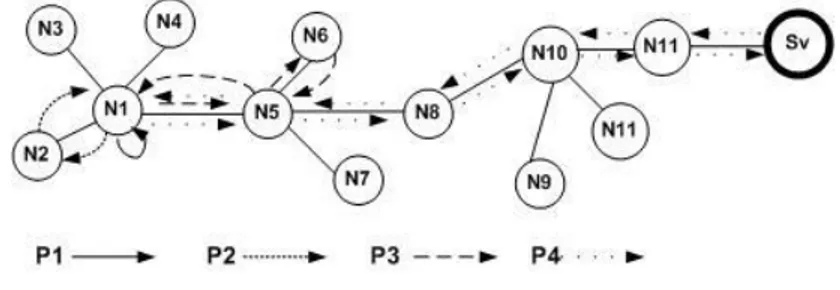
Documents relatifs
When adding a neighbor elimination scheme within a multipoint relaying broadcasting protocol, instead of letting all existing MPR’s compute their own MPR’s, we decided that only
It is concluded that, both from the performance and the spatial re-use point-of-views, it can be taken advantage from the cross-layering between the physi- cal and the routing layers
Unité de recherche INRIA Rennes : IRISA, Campus universitaire de Beaulieu - 35042 Rennes Cedex (France) Unité de recherche INRIA Rhône-Alpes : 655, avenue de l’Europe -
Considering both figure 12 and figure 6, we observe that, when varying the number of traffic streams in the network, OLSR consistently has a shorter route length - even at a
In a network running a link state routing protocol, the number of hops between any random source and destination increases when the neighborhood size decreases, this way augmenting
In a network running a link state routing protocol, the number of hops between any random source and destination increases when the neighborhood size decreases, this way augmenting
The performance used in the analysis is the time interval between route discoveries for a data transmission in. an on-demand
Figure 4 shows the fraction of messages each protocol was able to deliver, as a function of node mobility rate (pause time) when nodes follow a random movement model.. The MRP-



